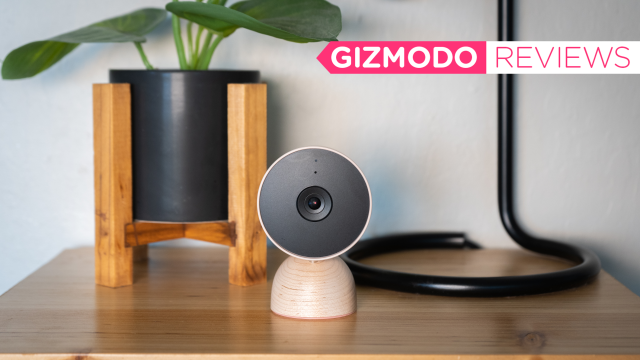Google’s refreshed indoor Nest Cam is one of the nicest security cameras you can buy. The AU$169 wired camera comes in four colours and replaces the plain black version that’s been on the market since 2015. That original Nest indoor camera is basically an homage to the brand’s Drop camera past, while this new indoor security camera ushers in Google’s new aesthetic for the smart home.
And the new indoor Nest Cam is incredibly chic. Its brushed pastel colouring and faux wood base is pleasing and perfect for most homes. But the Nest Cam is still plagued by one glaring issue: It relies entirely on the Google Home app for control and configuration, making it challenging to bring into a home populated with vintage Nest devices.
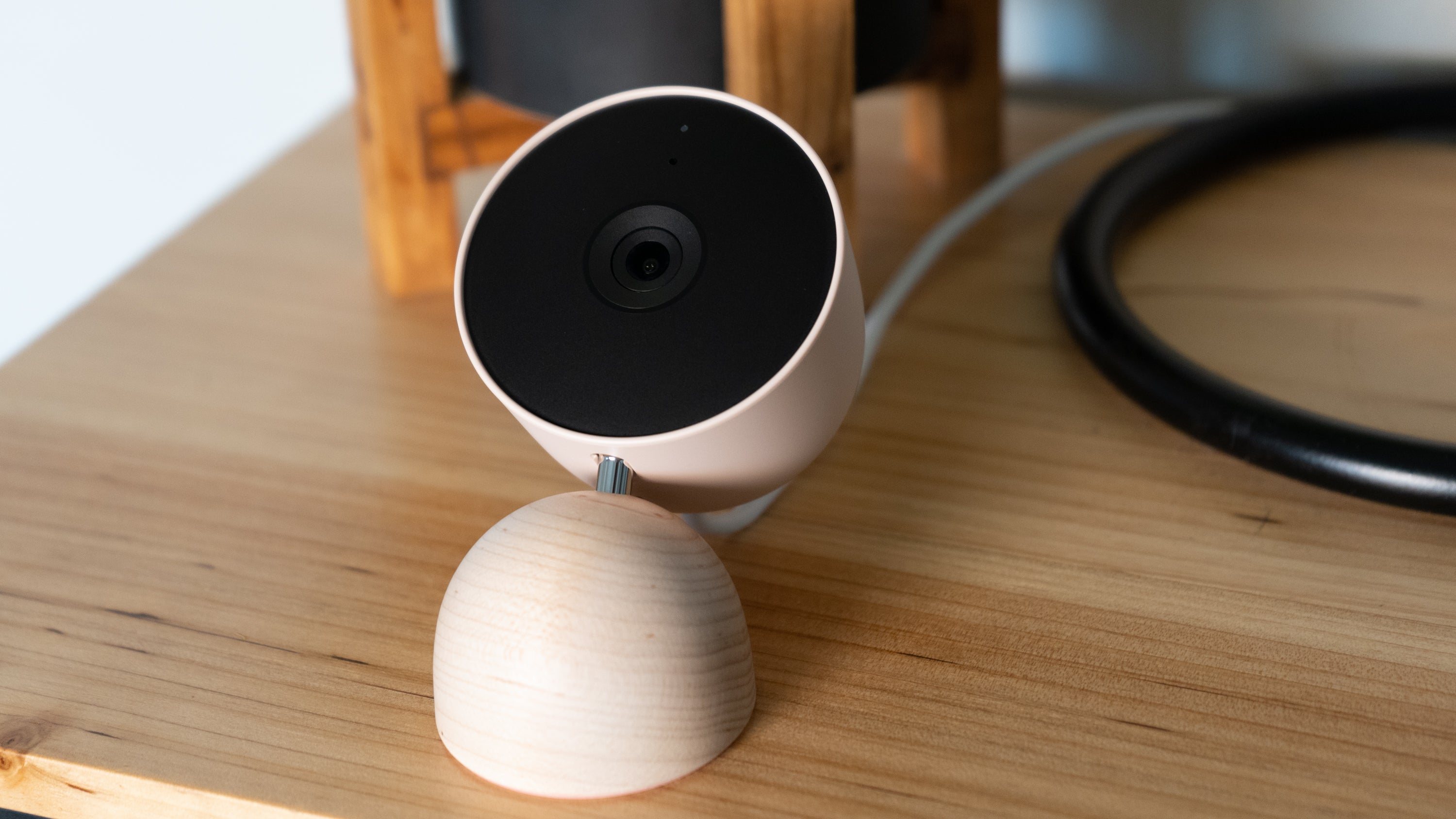
Google Nest Cam (indoor, wired)
What Is It
A security camera from Google
Price
AU$169)
Like
Easy to use, on-device facial recognition, design fits seamlessly into a home
Dislike
New design makes it harder to pivot, Nest Aware's free tier is limited, the transition to the Google Home app is rough
As Chic As Security Gets
This is the third Nest camera that I’ve reviewed in the past two months, and so far, it’s the cutest of the bunch. It comes in four colours, including Linen, Snow, Fog, and Sand, which is the version I tested for thi review. It looks blush pink in person. I do wonder how this particular design will hold up over time, considering this indoor Nest camera is as of its time as the original camera was (and that cam now looks super dated).
At the very least, Google’s indoor camera offers some flair with its fake wood base. The stand and the camera are one piece, and even the cable is permanently affixed. You can position the camera from right to left, but to pivot it forward or backward you have to spin it almost 180 degrees around the base before it will curve. It took me a few tries to figure it out, and it’s definitely not as intuitive as the super cheap TP-Link Kasa Spot camera I just reviewed. You can also mount the camera on a wall with the included hardware.
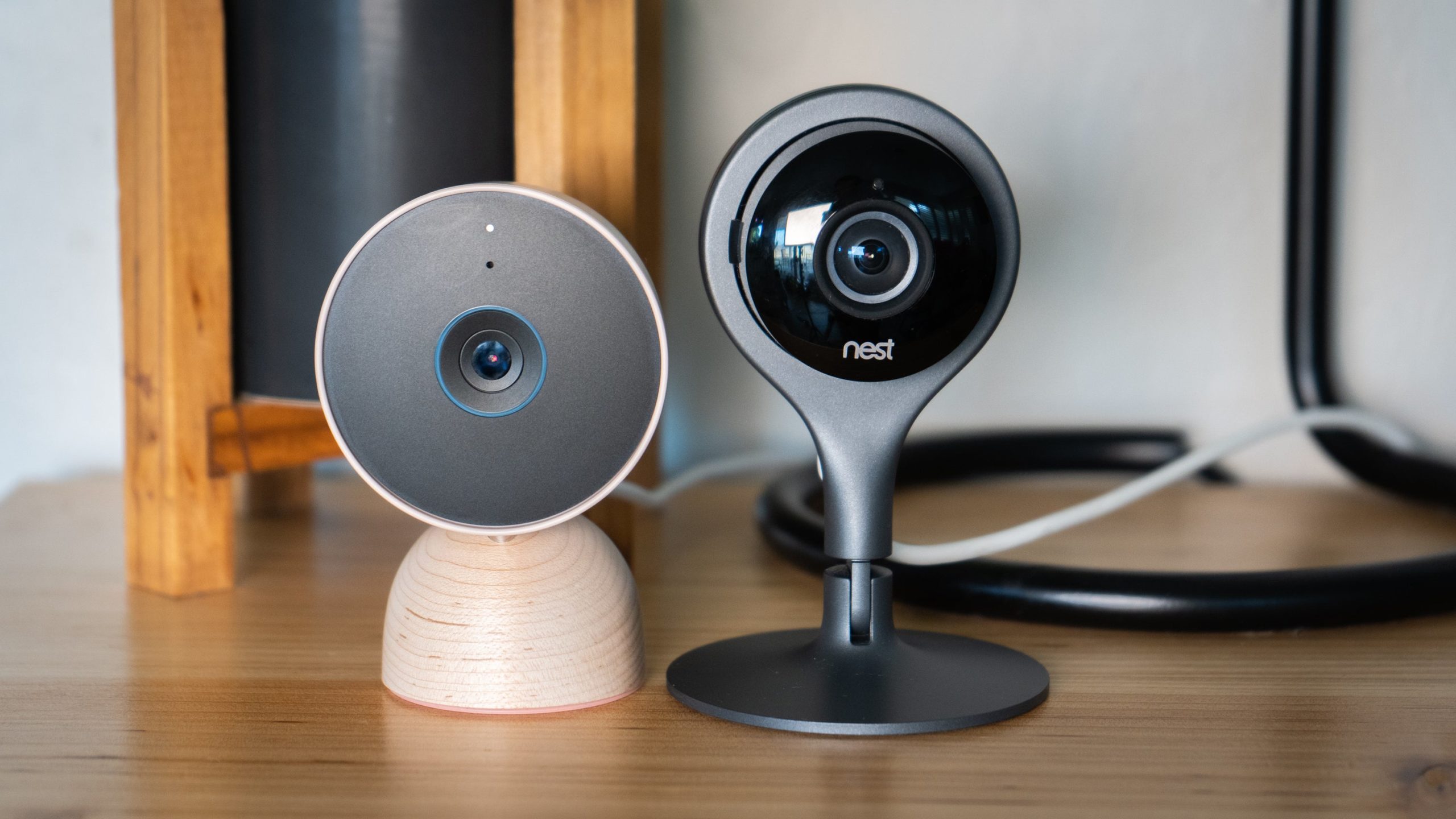
The new indoor Nest Cam isn’t the smallest security cam around. It’s about an inch bigger than affordable models like the aforementioned Spot camera, and it’s shorter than its predecessor. But because of its modern look, it fits nicely into the background of a home. It took a few days before my cousin, who visits my house regularly, realised that the attractive little device on the shelf was a security camera.
Under the Hood
The new indoor Nest Cam is a 2-megapixel camera with a 135-degree field of view and up to 6x digital zoom. It has HDR abilities, night vision, H.264 encoding, and can record 1080p video at up to 30 frames per second. It’s also capable of 24/7 live view, considered one of Google’s marquee features for its latest security cameras. All cameras but the Nest Doorbell are capable of around-the-clock recording.
The new indoor Nest Cam doesn’t feel like a performance upgrade from the original. Granted, you can’t buy that camera anymore since it’s been discontinued. But if you add this new model to your lineup of old faithfuls, at least you won’t notice a disparity in camera quality.

There is a slight difference in lighting between the two cameras, as I saw while testing both devices side-by-side. The new camera takes in more light to help expose detail around the room. The old indoor Nest camera also has a slightly narrower field of view, but it’s hardly noticeable between the two camera previews.
I set the cameras up in my family room, overlooking the sliding door to the backyard. Both cameras had issues managing the exposure from the outside during the daytime. I couldn’t see into the backyard on either of them. I preferred the new Nest Cam’s brighter preview overall, however, since it offered better contrast between items like my daughter’s toys.
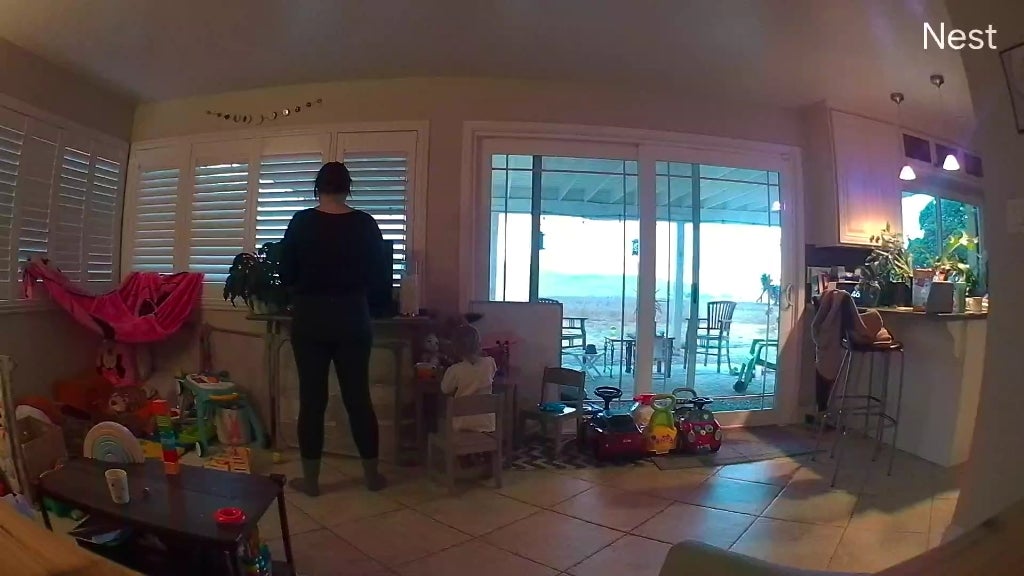
The new indoor camera can do object and face recognition, which the original couldn’t. It can tell between animals, people, and generic motion, and it also works as a sound identifier for smoke alarms. Like the other two Nest cameras we reviewed, the Nest Cam will record faces and let you identify them. That data is stored locally and it’s encrypted. But to teach the machine, you will have to painstakingly shuffle through each person before the camera learns who they are.
I noticed that the new indoor camera picked up the data from the other cameras rather quickly. All cameras in the same home share a familiar face library. The idea here that is you don’t have to teach each new camera that comes into the fold.
Prepare to Pay For Nest Aware
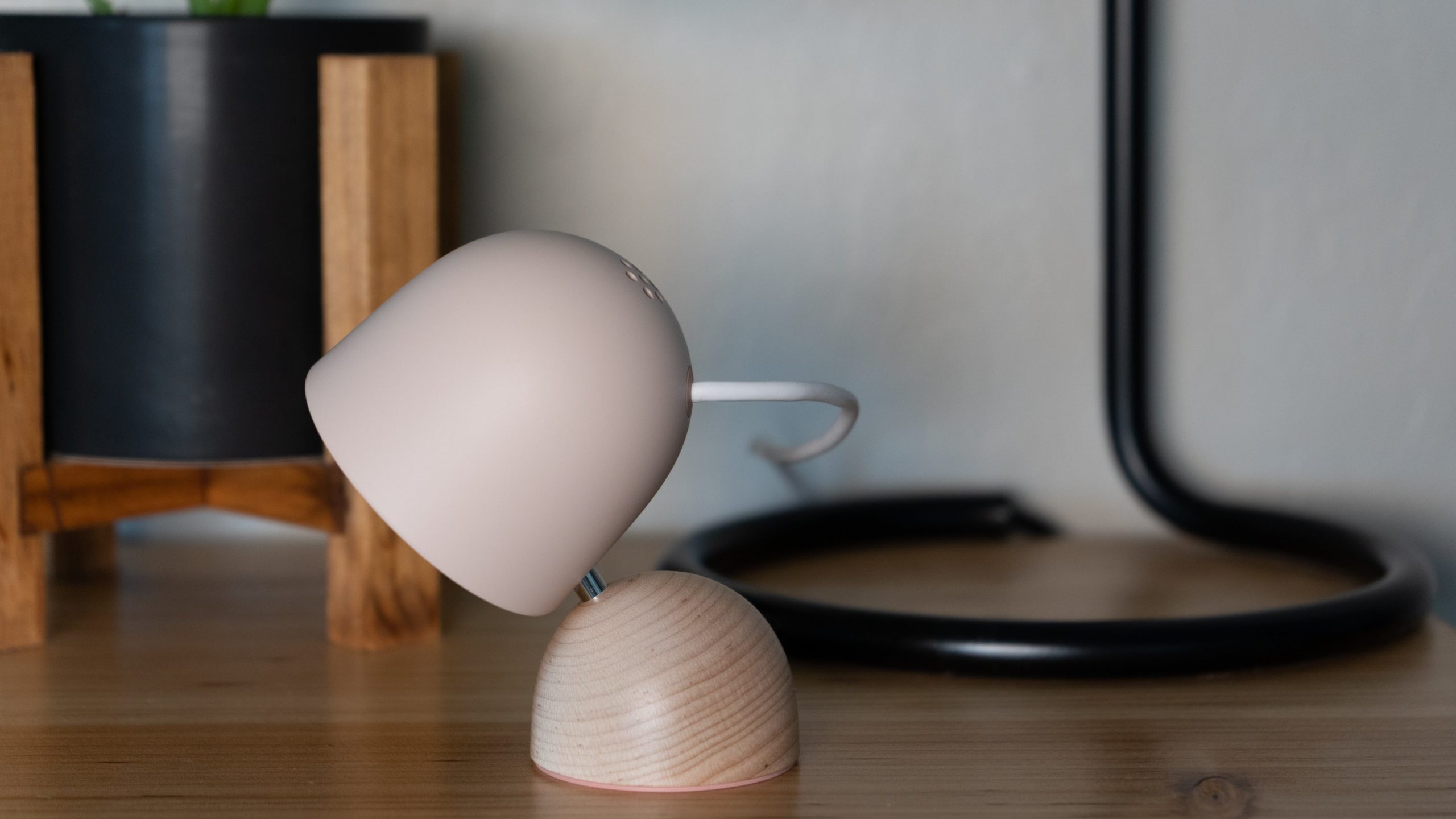
The indoor Nest Cam was a solid performer during my nearly two weeks of testing, though I’m looking forward to turning off constant notifications since I placed it in one of the busiest rooms in the house. Unlike the other two Nest cameras I’ve tested, this one has no battery, so it will need to stay plugged in at all times to pick up footage.
Google’s been shifting around its Nest Aware subscription so that its free users have a few more perks than before. But they’re still not enough if you want full use of the cameras. On the indoor Nest Cam, you can view events for up to three hours after they happen without paying a fee. However, it’s a minuscule bit of time if you’re relying on the device for around-the-clock surveillance.
In that case, you’ll have to pay for Nest Aware, at least for the timeframe in which you plan to be gone from home. Nest Aware costs $US6 ($8)/month or $US60 ($80)/year for 30 days of clip footage and intelligent alerts for familiar faces and smoke alarms. But if you want access to up to 10 days of 24/7 footage, you’ll need to upgrade to Nest Aware Plus, which is the highest tier for $US12 ($16)/month or $US120 ($160)/year. Both subscriptions include emergency 911 calling from the Google Home app and work for all Nest devices, including speakers and smart displays.
Long Live the Nest App
One of the most challenging parts of migrating over the new Nest Cam is that if you have any of the older Nest cameras on your network, you’ll have to shuffle between the legacy Nest app and the Google Home app to manage them all. At the very least, the Google Home app lets me preview every camera at once and simultaneously turn them all on and off, regardless of the year they were made.
The biggest issue with the migration from Nest to the Google Home app is that scheduling the camera has changed. Rather than allow you to manually set the start and stop time of each camera stream, like you could in the Nest app, you’ll have to adjust the Home & Away Routines instead. My old Nest cameras are scheduled to come on at a specific time every night and go off in the morning, but the new Nest cameras rely on the phone’s location or manual interaction to switch between Home and Away mode. You’ll need to program the modes beforehand so that Google knows which cameras to turn on and off. I prefer scheduling them at specific times throughout the day instead of worrying whether my routine has run.
This two-app system won’t last forever. Google has committed publicly to fixing this experience, though there’s no specific time frame. Regardless, the end is nigh for the Nest app, and you’ll have to figure out how to work with the Google Home app.
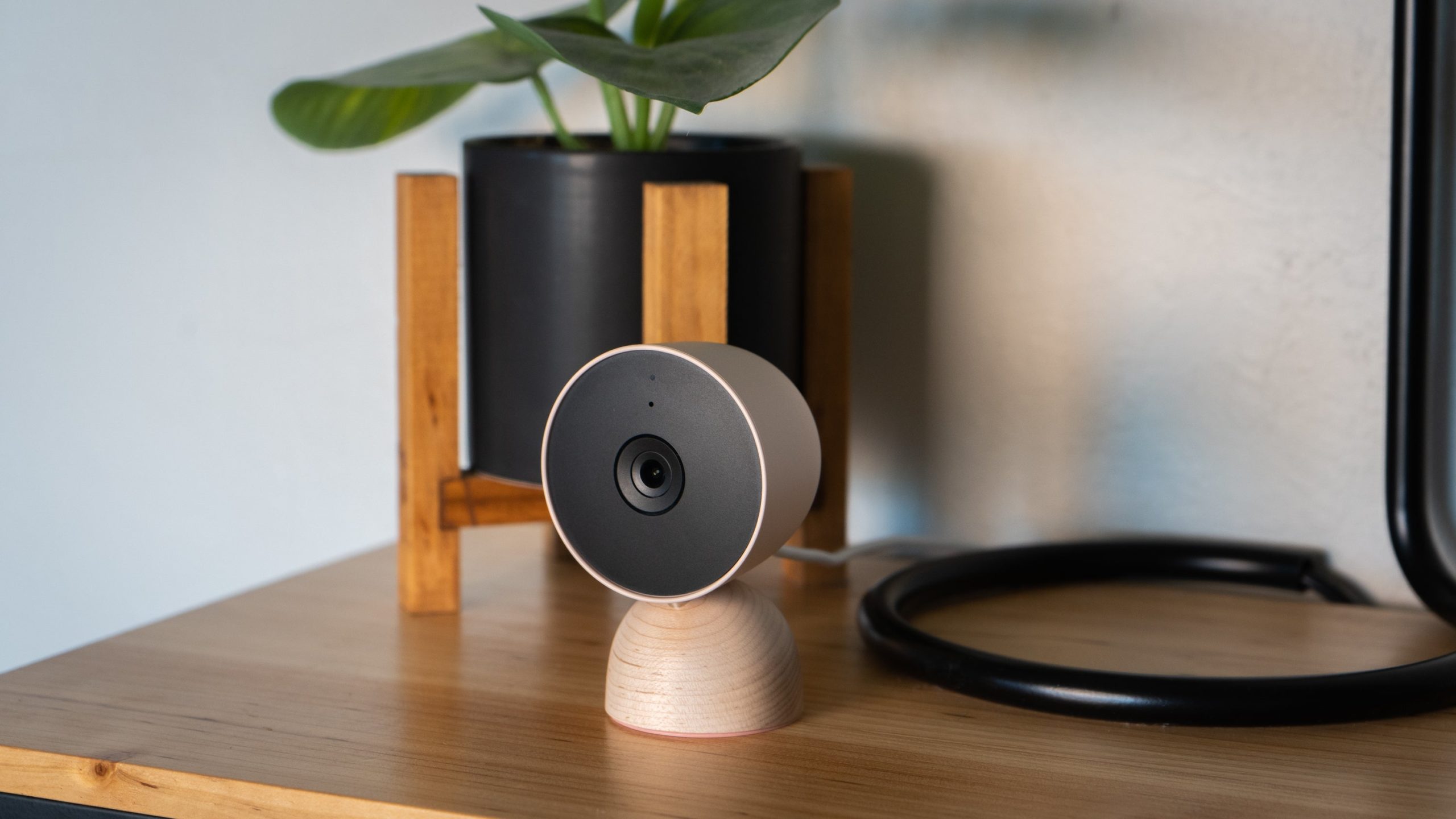
Worth Buying?
The indoor Nest Cam is the most affordable of Google’s security camera lineup. It’s priced competitively against budget brands like the Eufy SoloCam, which offers features like high-resolution feeds and custom activity zones for a similar cost. But you’ll still have to factor in that monthly or annual subscription price to Nest Aware if you want more than a three-hour holding time for footage.
You should only consider the indoor Nest Cam camera if you’re already embedded in Google’s smart displays and speakers ecosystem. It’s certainly a well-design security system when paired with any of the Nest smart displays and other companion devices. But unless you’re married to Google, cheaper security cameras like the TP-Link Kasa Spot cam work great for watching over the house without requiring a monthly fee.
